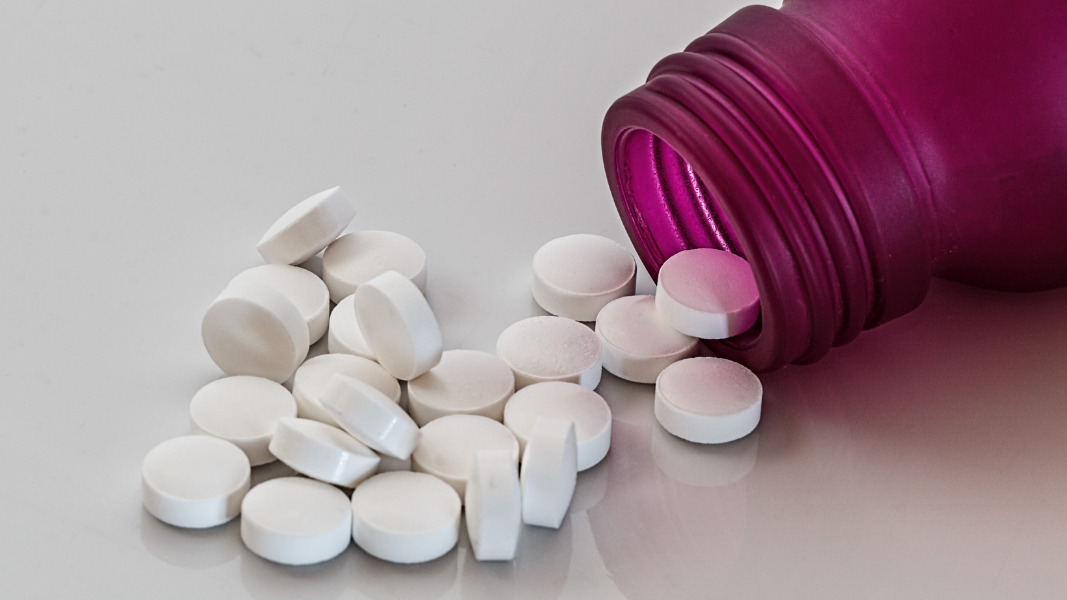The National Institute on Drug Abuse has reported increases in substance use and drug overdoses in the U.S. since the COVID-19 pandemic. The pandemic increased the risk of substance misuse among people coping with its impact. An example is overusing alcohol at home during lockdowns. It also limited physical access to treatment and care for people with an existing substance use disorder (SUD) and those in recovery. Even prior to the pandemic, only 1 in 10 Americans with an SUD was estimated to be receiving treatment. Some of the burdens have disproportionately affected people of color.
As a result, many are emerging from the pandemic experience wondering what a healthy relationship with alcohol and other substances looks like. Others wonder how to access effective treatment. Knowing the facts about what constitutes a substance use disorder can help you make informed lifestyle choices. These choices can reduce the risk of addiction. It can also help to connect you with the necessary diagnostic and treatment resources.
Read tips for a sober lifestyle
What is substance use disorder?
Substance use disorder (SUD) is a mental health diagnosis. Individuals whose drug or substance use is compulsive or difficult to control receive these diagnoses. This is despite the harmful consequences it causes. It is considered a chronic disease and similar to the common understanding of “addiction.” People with substance use disorders will face harmful consequences from their use. This includes physical impairment, dependence, social problems, and engagement in risky behaviors. Like many illnesses, substance use disorder exists on a continuum of severity. Detecting one symptom here and there could be considered a risk factor, but experiencing several or more symptoms simultaneously could result in a more serious SUD diagnosis.
Substance use disorder results from changes in the brain that make it particularly challenging to stop using a given substance. Every substance has slightly different effects. One of the most widely used is alcohol, generating an even more specialized diagnosis (e.g., alcohol use disorder). The common factor across all addictive drugs is their ability to produce a pleasurable surge of dopamine in the brain. Repeated use can have long-term effects on brain functions. This includes effects on the system involved in pleasure (the reward system). It can also impact learning, stress, decision-making, and self-control. Given the persistence of these brain changes and the increased risk people with substance use disorder face for returning to substance use even after years of abstinence, relapse is not uncommon.
What are the symptoms of substance use disorder?
You may be wondering whether you, or someone you know, is at risk for or has a substance use disorder. Is that extra glass of wine or cocktail you treat yourself to regularly enough to warrant a diagnosis? Warning signs of SUDs can be physical, psychological, and behavioral. For example, substance use disorder could cause a deterioration in physical well-being or appearance. Sudden weight loss/gain or worsening hygiene are two common physical indicators. An SUD may also cause unexplained changes in personality or attitude. This can include psychological indicators like feeling fearful or paranoid. Other indicators include being frequently tired or appearing dazed or “spaced out” in conversations. A substance use disorder will likely overtake other parts of one’s life. It often negatively affects relationships, work, and school performance and hobbies. These are behavioral indicators.
Diagnostic criteria for SUDs
For official diagnosis purposes, SUDs are classified as mild (2-3 symptoms), moderate (4-5) or severe (6 or more). This is according to the number of symptoms experienced and as outlined below. Anyone recognizing one or more of the symptoms below should consider exploring further with a licensed health care provider.
- You have used the substance in a manner that is dangerous to yourself or others (e.g., overdosed, driven while under the influence, blacked out, etc).
- Substance use has caused relationship problems or conflicts.
- You’re failing to meet your responsibilities at work, school, or home as the result of substance use.
- You experience withdrawal symptoms when you stop using the substance.
- You’ve built up a tolerance to the substance, requiring you to use more to get the same effect.
- You have started to use larger quantities or use for longer amounts of time.
- You’ve tried to cut back or completely quit but haven’t been successful.
- You spend a lot of your time using the substance.
- Your substance use has led to physical health problems (e.g., liver damage, lung cancer) or psychological issues (e.g., depression, anxiety).
- You have skipped or stopped doing activities you once enjoyed so that you could use the substance.
- You have experienced cravings for the substance.
What is a substance?
Our understanding of which substances cause SUDs has changed over time and can also be culturally specific. For example, the legality of substances has shifted depending on era or context. For example, alcohol was illegal in the U.S. in the 1920s. Conversely, we now see the growing legalization of marijuana for medical or recreational use in some states. In a recent study on substance use during the pandemic, the most commonly used substances in descending order included: alcohol, prescription drugs, marijuana, tobacco, and illicit drugs (e.g., heroin, cocaine, etc). Polysubstance abuse is the mixing of more than one substance at a time. This has also received increasing attention and is considered particularly dangerous.
What causes substance use disorder?
A common myth is that having a substance use disorder is simply a matter of will power. In reality, multiple factors increase the risk of developing substance use disorder: genetic, environmental and developmental. The more risk factors a person has, the greater the chance that misusing a substance can lead to addiction. Recent research suggests that genetics cause about half of the risk of developing an SUD. This underlines the importance of knowing about one’s family history of abusing alcohol, drugs, and other substances. Environmental and developmental risks factors like high accessibility of drugs, poverty, and exposure to violence or trauma can also contribute.
How to address substance use disorder?
The good news is that substance use disorder can be treated, successfully managed, and prevented. Prevention, especially through education and maintaining health and wellness, is an effective first step. This is especially true for those who may be at risk for substance use disorder. Establishing healthy practices and boundaries with substances and understanding related risks and impacts are essential for making informed choices.
There are several treatments for substance use disorder. These include psychological, pharmacological, and social. If you detect and treat the SUD early, the remission tends to occur more quickly and be more sustainable. Psychotherapy, including behavioral therapies, can help people to develop skills to manage SUDs. It can also help people to avoid and overcome key triggers (e.g., stress) that might lead to substance misuse. Medical professionals may prescribe medications for SUDs, sometimes in combination with therapy. Peer support groups, such as Alcoholics Anonymous or Narcotics Anonymous, are also beneficial for many people living with substance use disorder.
Read about somatic experiencing therapy for addiction
If you are concerned about how substance use may be affecting your life, consider reaching out to a mental health professional to talk. Counseling can provide a safe, non-judgmental, and confidential space to discuss your concerns and link you to key medical and other resources in support of a healthy lifestyle.
Are you interested in addressing your substance use in therapy? Reach out to myTherapyNYC to find out which of our therapists would be a good fit for you!
What steps have you taken to limit your risk for substance use disorder? Join the conversation in the comments below.
- Differences Between a Panic Attack and an Anxiety Attack - April 20, 2023
- How to Talk About Mental Health at Work - November 10, 2022
- What is Substance Use Disorder? - August 18, 2022






2 comments
Gregory, thank you for sharing your insight. The point you made about how the pandemic limited physical access to treatment and care for people with an existing SUD and those in recovery is so important to acknowledge. Thank you for shedding light on this topic.
Thanks for your comment, Marilyn! Hopefully, the pandemic experience will inspire the mental health community to take stock of lessons and innovations that can help to bridge service gaps to physically accessing treatment in the event of any other future mass disruptions.